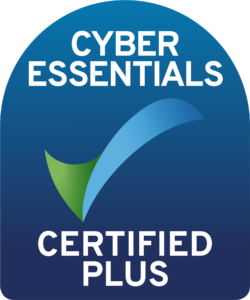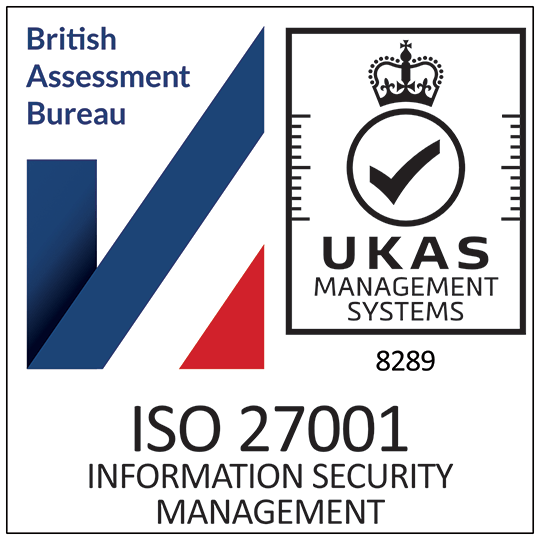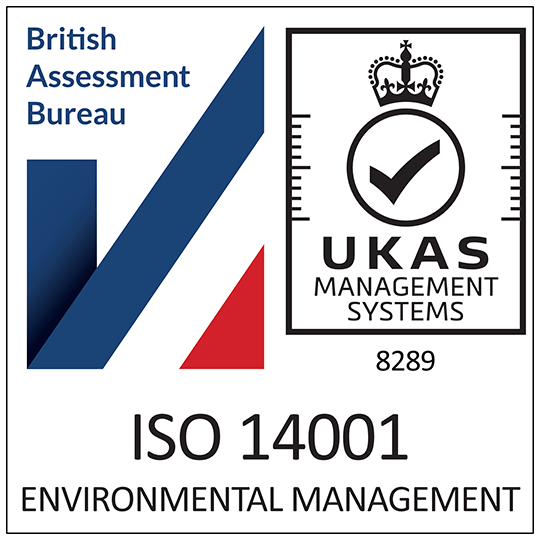What Information Should be Included on Employee ID Cards?
Since the onset of the COVID-19 pandemic, we’ve seen a marked increase in businesses looking to introduce employee ID cards. With flexible working making it harder to track employees, reception areas under-resourced, and new starters attending the office for the first time, it seems companies are relying on ID cards more than ever before.
As flexible working and remote management become increasingly important functions in the new normal, ID and authentication processes are being put under extra scrutiny. Whilst many businesses want to provide flexibility in their offering, it is vital they don’t open themselves up to security breaches.
This makes employee ID cards more essential than ever before, but for those who have never previously issued employees with identification cards, knowing what information to include is half the battle.
Of course, the ID information you’ll need will depend on your industry, sector, and the context the cards will be predominantly used. But with that said, there are plenty of details that are considered a must for any employee ID.
To help you get employee ID cards right, this guide sets out the type of information to include and things to consider.
Quick Links
- What Should You Include on Employee ID Cards?
- Where Should Information Appear on Employee ID Cards?
- What Other Features Do You Need on an Employee ID?
What Should You Include on Employee ID Cards?
There’s no one-size-fits-all approach to employee ID cards. With specific requirements for different industries, clearance levels and security access policies, the information you list will be unique to your organisation.
Below, we’ve listed some of the information that you may need to include on an employee ID, including basic information, security data, graphics and visuals, and supplementary details. These don’t apply to every type of organisation, however, so be sure to omit any details that aren’t necessary.
Basic Employee Information
Here, we’ve covered the basic information that should be included about an employee’s identity. This level of detail may be sufficient for some businesses and organisations that don’t need additional security and access protocols.
- Employee name
- Employee job title
- Employee department
- Employee ID number (a reference number unique to the cardholder)
- Employee signature

Additional Security Considerations
For many organisations, employee ID cards are essential for security, identification, and access. So, you may need to include unique security identifiers on employee cards to ensure the safety and security of them, your business, and those they interact with.
- Employee security clearance level
- Employee identifying information (e.g., gender, hair colour, ethnicity)
- Industry-specific security details (e.g., DBS status, SIA licence number)
- Unique identifying barcode or QR code
Graphic and Visuals
As well as informational text, employee ID cards typically feature graphics, visuals and insignia which are designed to improve security and make the badge more recognisable. Depending on the security you need, you may wish to consider adding the following visual items to your employee ID cards.
- Employee photo ID
- Company and/or departmental logo
- Colour strips to denote security clearance
- A visible watermark overlay to maximise security
- A holographic logo or emblem to maintain authenticity
Supplementary Details
As well as person-specific details, there are several supplementary items that may be required on employee IDs. In most cases, these will be the same for all employees, so can be standardised across all your company-issued ID cards.
When developing your employee IDs, consider the need for:
- Lost card disclaimer information (e.g., “If found please, return to…”)
- Business address and contact information
- Date of issue and expiration
- Policy information relating to the use of the card, and details about what access provision the card entitles the holder to
- Information about any coatings on the card (e.g., if it has an antimicrobial treatment)

Where Should Information Appear on Employee ID Cards?
When you’ve pulled together a comprehensive list of all the necessities that should appear on your employee IDs, the next task is to decide where they should appear on the cards themselves. This is important, as you have a lot of details to pack into a relatively small space, and the card needs to be legible and effective at quickly determining a person’s identity.
Below, we’ve broken down the types of information that should appear on the front and reverse of your employee ID cards.
Front
Obviously, the front is the most important part of an employee ID, so this is where the meat of your information should live. The main purpose of this side of the card is to clearly show an individual’s identity, so you typically need to account for personal information and a clear photo ID of the cardholder.
As well as the identity of the employee, the front of the card has another important role: highlighting where exactly they work. This is crucial for ease of identification, so include a company logo and adhere to standard branding colours to make the ID instantly recognisable both inside and outside the organisation.
Given the volume of information that you may need to include on employee IDs, it can be tricky to toe the line between comprehensive and cluttered. Remember: the front of the ID must be clear, concise, and easy to read. If you need to include additional information but aren’t happy with the final design, we’d recommend including this on the reverse instead.
Reverse
The back of your employee ID cards is a space to include supplementary information, as well as items such as barcodes, contact information, lost card prompts and reference numbers. When searching for an ID card production service, we’d certainly recommend opting for one that offers printing on the reverse, as this will make it much easier to include all the details you need in a clear, concise way.

What Other Features Do You Need on an Employee ID?
ID cards have come on a long way in recent times, with advanced features making them an indispensable part of how businesses safeguard and control their operations. So, what other items might you wish to include on your employee IDs? Here are a few elements to consider.
- Antimicrobial coating – with a greater emphasis on safety and hygiene than ever before, an antimicrobial coating can help protect your business and its people from the threat of germs and bacteria. Find out more here.
- RFID technology – if security is of the essence to your operations, radio-frequency identification, or RFID, is an excellent option to ensure your employee IDs are secure, traceable, and convenient for day-to-day use. Learn more.
- NFC technology – elevating the security of your employee IDs, near-field communication is a great way to leverage contactless technology as part of your ongoing access, security, and personnel tracking operations. Find out more.
- Custom-shaped ID cards – if you want to carry the look and feel of your business through to your employee IDs, opt for a custom-shaped card design that demonstrates your unique style. Learn more here.
- Rewritable card technology – do your employees regularly need to update the information on their IDs? Rewritable technology allows cards to be printed, erased, and reprinted hundreds of times, allowing for full flexibility and minimal waste. Explore the technology here.
Employee ID cards can make a real difference to your organisation, improving security while allowing simpler access and identification controls for individual members of staff. Ready to develop your own unique employee IDs? Visit the Swype homepage to get started or give our expert team a call today on 01744 604463.





